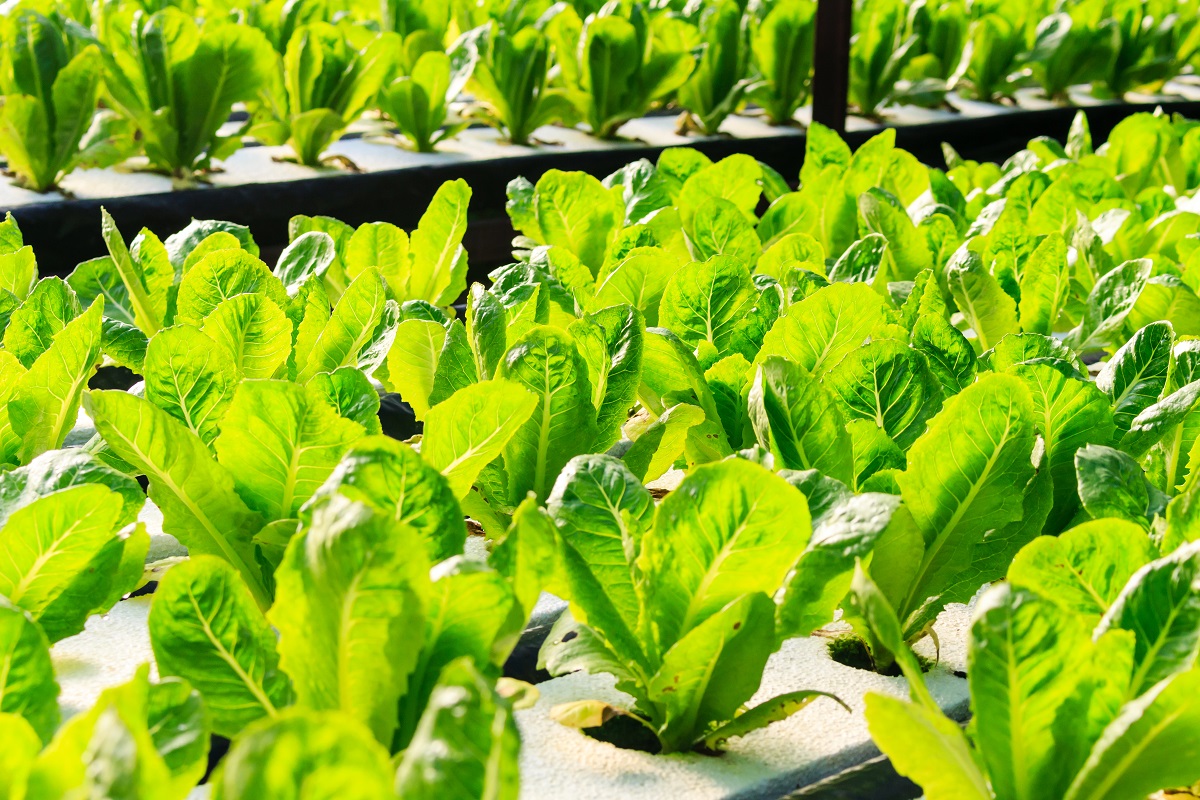According to a USDA survey in 2017, US farmers’ production was valued at $389 billion. Small farmers are tilling roughly one to nine hectares of land total, just 273,000 farms or only 0.1% of the total farmland. Farmers cultivating more than 2,000 hectares account for more than 85,000 farms or roughly 58% of the total farmland.
If you just purchased a few hectares of farmland and are planning to live a quiet life as a farmer till your retirement, there are a few things that you should know, such as the different irrigation methods. The following discussion can help you understand what irrigation methods are.
Understanding Your Prospect
If this is going to be a hobby that you hope can earn you some income, then moving to a quiet country life is probably a good and semi-profitable move. If you’re planning to do this as a full-time business enterprise with high expectations on its economic return, you need to be fully aware of the state of farming in America.
On average, farmers in the USA earn just more than $43,000. Those that gained positive net profit was less than 44%. Which means of the 273,000 small farms, only 120,000 farms earned positive income. Farmers who raked in a profit of about $1 million were less than 77,000 farms, and they represent almost 66% of the $389 billion.
Farming and Irrigation

So, you’re still set about the farming option. Good for you! Rows of corn, carrots, and other vegetables won’t survive without proper irrigation. Here are some of the critical things that you need to be aware of:
- Understanding irrigation. If it’s flowerpot by your windowsill, putting water on it is called “watering your plants.” If it’s about hectares of land wherein the application of water is controlled through human-made systems to grow food on a large scale, it is called irrigation.
- Irrigation methods. Farming in America uses more advanced and highly technological methods of irrigating land, compared to, say, countries in Africa or Asia. Whether you are keen on investing heavily in modern technology or want to keep it low-tech, the following irrigation methods could be your options.
- Flooding. Used still in small farms in developing countries, flooding involves using buckets of water to cover the surface of the soil. This is like your windowsill flowerpot approach, but with a bigger watering can. You can also contact your Davey pump suppliers and ask for the latest model that you can use for your flood irrigation. This makes the effort quicker, but the cost of the pump is an added investment. Remember that there is a proper way to do the flooding. Timing to avoid runoff and creating a repository for the runoff are critical to this method.
- High-tech sprinklers. This is not your garden variety sprinkler that waters your lawn. Center-pivot sprinklers are massive structures measuring up to 2,000 feet in length with pipe diameters of up to six inches. Water travels through the central pipe and comes out of the sprinklers or nozzles. Budget around $2,500 to $5,000 per hectare for this irrigation system.
- Slow drip. Drip irrigation is a popular method involving perforated tubes laid down next to the plant. Water is released through the perforation and trickles down directly to the soil.
Whatever method you employ, caring for your crops require regular and diligently monitoring. You might also need a helping hand to do all the farm work. Make sure that you consult an agricultural expert.


